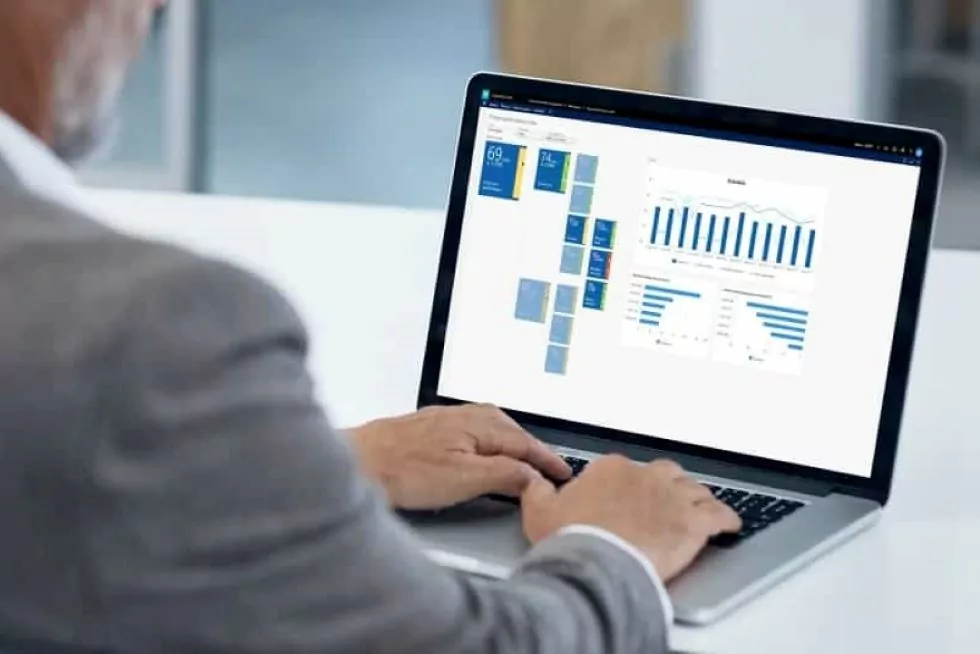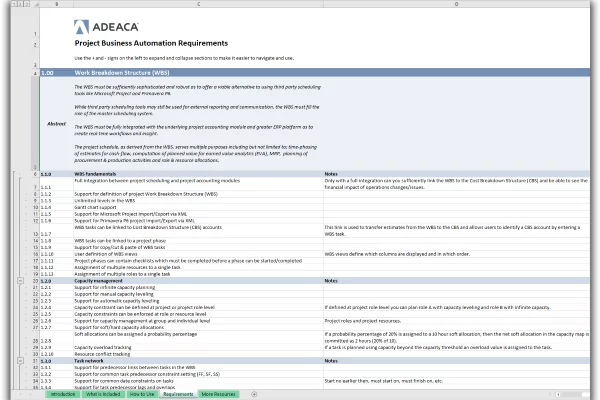There are hundreds of project management key performance indicators (KPIs) and equally as many articles written about them. In this article, I am calling attention to seven KPIs that every project manager or controller should know. These are seven that we believe are crucial to Project Businesses and where we see the most problems with visibility in projects and across project portfolios.
Beyond just knowing them however, it is critical that you see these project health indicators in real time. Why? In order to take action to resolve issues and conflicts as quickly as possible, you need to know what the problems are as quickly as possible. Early detection of issues is critical if you are going to be able to take meaningful action to mitigate them.
Project Management KPIs
Scheduled Delay – Scheduled delay is the delays in the project plan caused by insufficient capacity. It is critical to understand delays before they happen so that you can either increase capacity or adjust the schedule.
Schedule Slack – Slack is the delta between the milestone deadlines and scheduled completion of milestone deadlines. Everyone builds in slack to their projects to buffer against possible delays. Therefore, knowing how quickly your slack is being eroded is a significant indicator of where your project is heading.
Backlog Tasks – Backlog tasks are tasks which should have started or finished but have not. Knowing the number of these across your project is critical to detecting a potential problem fast. Project Managers should know the total number of backlog tasks at any point in the project. If that total number exceeds a predefined threshold it should warn the appropriate managers instantly.
Material Constraints – Material constraints are purchase or production orders expected to arrive or complete later than required according to the project schedule. This may only apply to certain construction or manufacturing Project Businesses, but it is crucial for them. Every time a project manager looks at a project, this should be clearly visible. It is important that as soon as the delay in arrival or completion is noted in the system it produces an indicator or warning flag on the project schedule automatically, rather than waiting for someone in procurement to call the project manager to inform him or her about the delay.
Resource Conflicts – A resource conflict occurs when a worker or piece of equipment is double booked. If a resource is double booked across two or more projects, knowing that ahead of time is critical to avoiding costly delays. As soon as a project manager tries to book a resource on a project, it should notify them immediately to the conflict. Furthermore, if the total number of resource conflicts exceeds a predefined level, an instant warning flag should appear and notify the necessary parties.
Variance Percentage – Variance is the delta between the project budget and actual costs. All projects will have some amount of variance. However, if that number differs significantly from the plan, it means the project is at risk. Therefore, using a predefined percentage variance will point out red flags quickly.
EAC Margin – Estimate at Completion margin is crucial to Project Business. If you don’t know whether a project is profitable until after it has closed, then you are putting your entire business at excessive risk. Therefore, if the EAC Margin drops below a certain percentage you should know about it. Only with this knowledge will you start to drill down to act on the problems causing your shrinking profit.
Real-Time is Critical
Knowing these project management KPIs is one thing, but knowing them in real-time is crucial. It is the difference between generating reports after the fact or actionable project insight. Finding out that there is a resource conflict the day that a task is supposed to start is not useful. Waiting on the loading dock for a delivery only to find out it is two weeks behind, will not help you. Finding out that your project’s profit is negative or zero only after it has ended cannot help you mitigate issues ahead of time to keep the project on track.
You must understand these metrics in real time if they are going to make a difference to the performance of your projects and your business.
“If you are not actively tracking these project KPIs in real time, you are simply reporting, not managing.”
Stay tuned for my next blog, which will be about how to produce these project management KPIs in real time.











